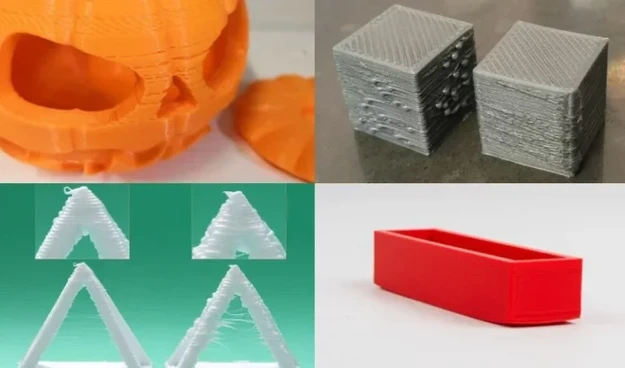Do You Really Need To Dry Filament?
There's a lot of opinions and theories around the storing and drying of 3D printing materials. Some people are absolutely convinced you must bake filament if it been stored outside an airtight bag, even for a few days. Some others have 'never had a problem.' So it's about time someone in the know has done some testing to try to pin down the answer to the question we're all asking; How bad is wet filament really?
[Thomas Sanladerer] setup a simple experiment, using samples of three common types of filament, specifically PLA, PET-G and ASA. He stored the samples in three environments, on his desk, outside in the garden, and finally submerged in water for a full week. What followed was a whole lot of printing, but they all did print.
Different filaments will absorb water at different rates, depending upon their chemical composition and the environment, nylon being apparently particularly fond of a good soaking. It would seem that the most obvious print defect that occurs with increased water absorption is that of stringing, and other than being annoying and reducing surface quality somewhat, it's not all that serious in the grand scheme of things. It was interesting to note that water absorption doesn't seem to affect the strength of the final part.
Visually speaking, the good old benchy is a great test model, it has lot of features for evaluating print quality, in one cute little model. Specially, [Thomas] noticed that the areas of the model where the extruder needs to slow down, the print quality worsens. He summises this is due to the filament spending more time in the hotend, allowing the water to boil off for longer, and impact the print a little more.
Filament to filament performance seems to indicate that PLA was the least affected, whilst PET-G was the most affected. In conclusion, it would seem that PLA is pretty much fine just kicking around on your desk, whilst you do need to take a little drying care with ASA and PET-G.
Need a filament dryer ready-made? Why not use an off the shelf food dehydrator?
#3dprinterhacks #3dprinting #drying #stringing #test #water

